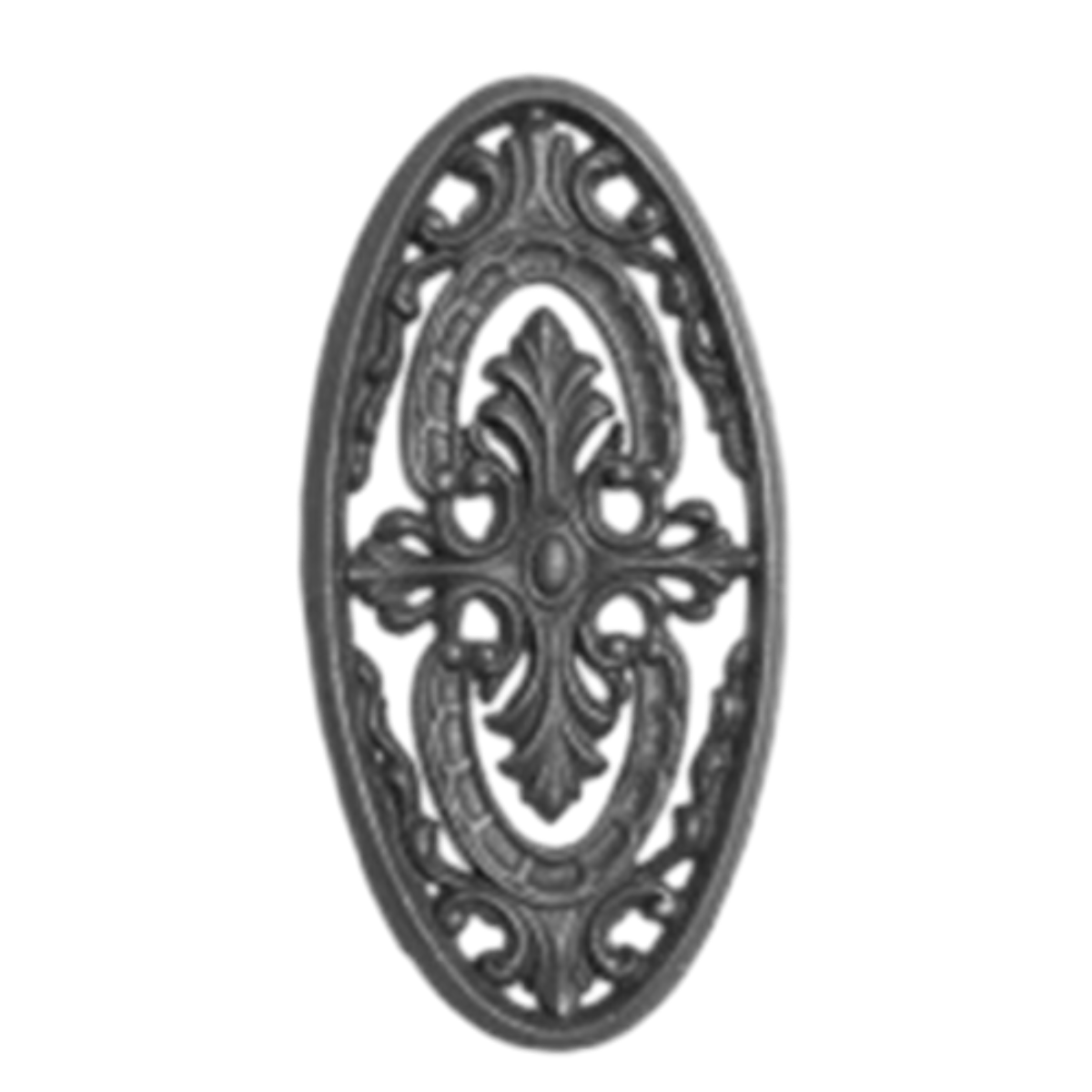fierro colado
The Fascinating World of Cast Iron A Journey into Fierro Colado
Cast iron, known as fierro colado in Spanish, is more than just a robust material; it is a key element in the evolution of various industries and domestic life. This iron alloy, primarily composed of iron, carbon (typically 2 to 4%), and silicon, has been used for centuries due to its remarkable properties. As we delve into the world of cast iron, we uncover its history, production methods, types, applications, and even its cultural significance.
A Brief History
The story of cast iron dates back over 2,000 years. The earliest recorded use was in China during the Han Dynasty, where iron was smelted in large quantities. This remarkable invention soon spread across the globe. In Europe, cast iron found tremendous utility during the Industrial Revolution; its strong, durable characteristics made it ideal for use in machinery, buildings, and cookware. The famous coalbrookdale bridge in England, completed in 1779, stands as a testament to the engineering marvels made possible by cast iron.
Production Methods
Cast iron is produced through a process called casting, where molten iron is poured into molds. This process begins with smelting iron ore in a blast furnace, where it is mixed with carbon sources like coke. The result is a liquid metal that can be shaped as it cools and solidifies in molds. Different types of cast iron can be produced by altering the composition and cooling rates.
There are primarily four types of cast iron gray, white, ductile, and malleable. Gray cast iron, known for its excellent machinability and wear resistance, is often used in automotive parts and machinery. White cast iron, characterized by its hardness and brittleness, is utilized for applications requiring wear resistance. Ductile cast iron (also known as spheroidal graphite iron) offers enhanced strength and flexibility, making it suitable for various structural applications. Malleable cast iron is typically used in fittings and hardware due to its ability to withstand deformation without breaking.
Applications Across Industries
fierro colado

Cast iron's versatility means it finds applications in numerous industries. In construction, cast iron is essential for pipes, valves, and fittings, ensuring integrity and longevity. The automotive sector relies heavily on cast iron for engine blocks and other components, where strength and heat resistance are crucial.
Moreover, the culinary world celebrates cast iron for its cooking prowess. Cast iron cookware, like frying pans and Dutch ovens, are beloved for their ability to retain heat and distribute it evenly, resulting in perfectly cooked meals. Many chefs and home cooks favor well-seasoned cast iron as it enhances flavors and provides a non-stick surface.
Cultural Significance and Environmental Impact
The cultural significance of cast iron cannot be overlooked. From intricate architectural details in historical buildings to the familiar form of a cast iron skillet in kitchens worldwide, the material's impact is profound. In many cultures, cast iron cookware is often passed down through generations, symbolizing family traditions and culinary heritage.
However, it is essential to consider the environmental implications of cast iron production. While the material is durable and can last a lifetime, its production process is energy-intensive, contributing to carbon emissions. In recent years, efforts have been made to create more sustainable practices in cast iron manufacturing, focusing on recycling and reduced energy consumption.
Conclusion
Fierro colado, or cast iron, is a remarkable material that has stood the test of time. Its historical significance, versatile applications, and cultural relevance make it an integral part of both industrial and domestic realms. As we move forward, embracing sustainability in its production and usage will ensure that cast iron remains a cherished material for generations to come. Whether it’s in the form of a robust outdoor grill or a cherished family skillet, cast iron continues to hold a special place in our hearts and homes.
-
Wrought Iron Components: Timeless Elegance and Structural StrengthNewsJul.28,2025
-
Window Hardware Essentials: Rollers, Handles, and Locking SolutionsNewsJul.28,2025
-
Small Agricultural Processing Machines: Corn Threshers, Cassava Chippers, Grain Peelers & Chaff CuttersNewsJul.28,2025
-
Sliding Rollers: Smooth, Silent, and Built to LastNewsJul.28,2025
-
Cast Iron Stoves: Timeless Heating with Modern EfficiencyNewsJul.28,2025
-
Cast Iron Pipe and Fitting: Durable, Fire-Resistant Solutions for Plumbing and DrainageNewsJul.28,2025
-
 Wrought Iron Components: Timeless Elegance and Structural StrengthJul-28-2025Wrought Iron Components: Timeless Elegance and Structural Strength
Wrought Iron Components: Timeless Elegance and Structural StrengthJul-28-2025Wrought Iron Components: Timeless Elegance and Structural Strength -
 Window Hardware Essentials: Rollers, Handles, and Locking SolutionsJul-28-2025Window Hardware Essentials: Rollers, Handles, and Locking Solutions
Window Hardware Essentials: Rollers, Handles, and Locking SolutionsJul-28-2025Window Hardware Essentials: Rollers, Handles, and Locking Solutions -
 Small Agricultural Processing Machines: Corn Threshers, Cassava Chippers, Grain Peelers & Chaff CuttersJul-28-2025Small Agricultural Processing Machines: Corn Threshers, Cassava Chippers, Grain Peelers & Chaff Cutters
Small Agricultural Processing Machines: Corn Threshers, Cassava Chippers, Grain Peelers & Chaff CuttersJul-28-2025Small Agricultural Processing Machines: Corn Threshers, Cassava Chippers, Grain Peelers & Chaff Cutters












